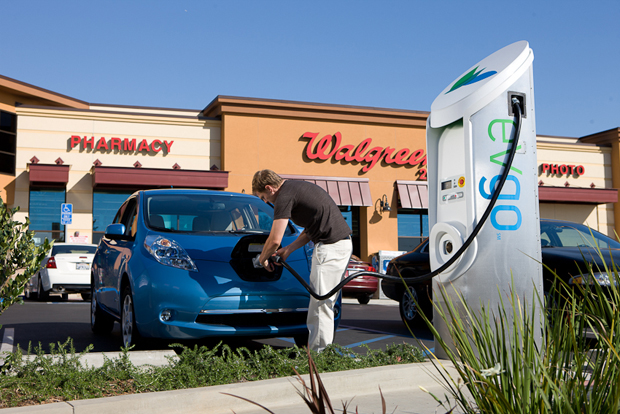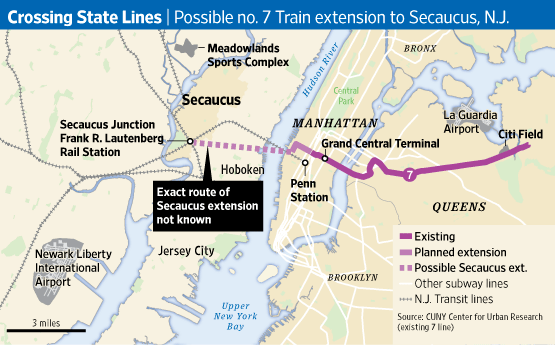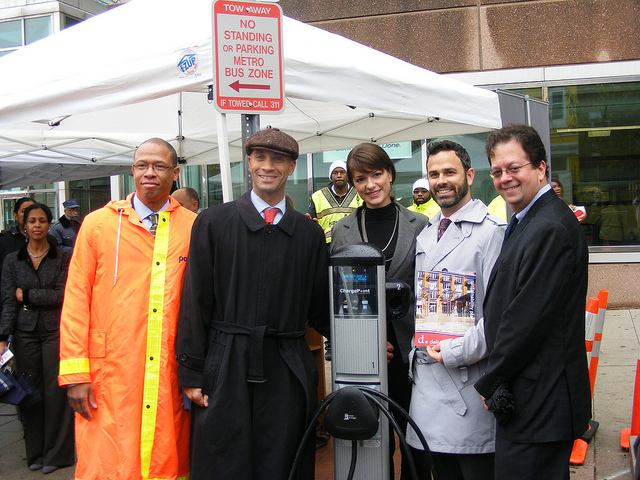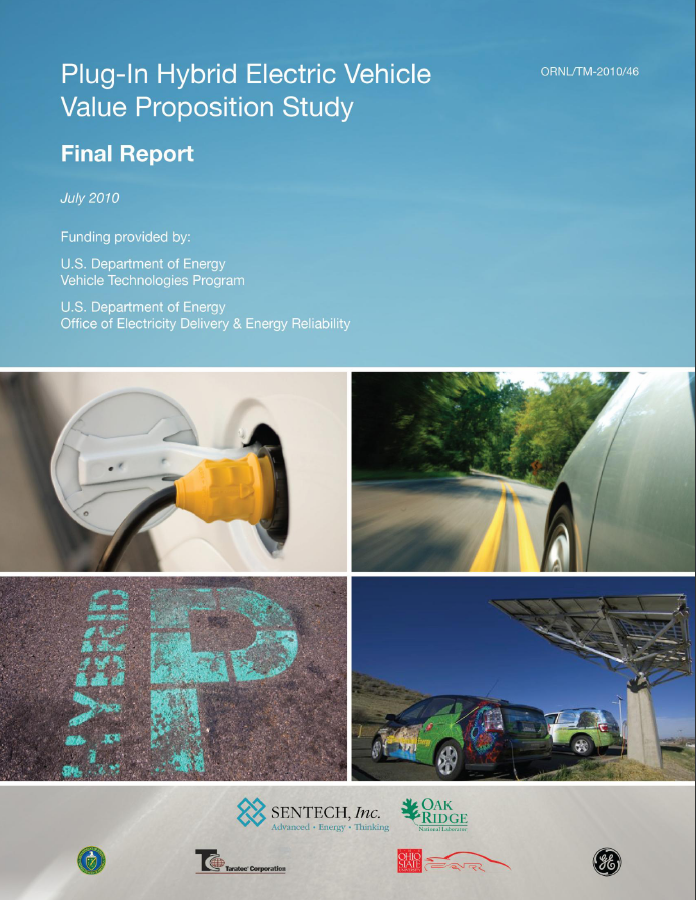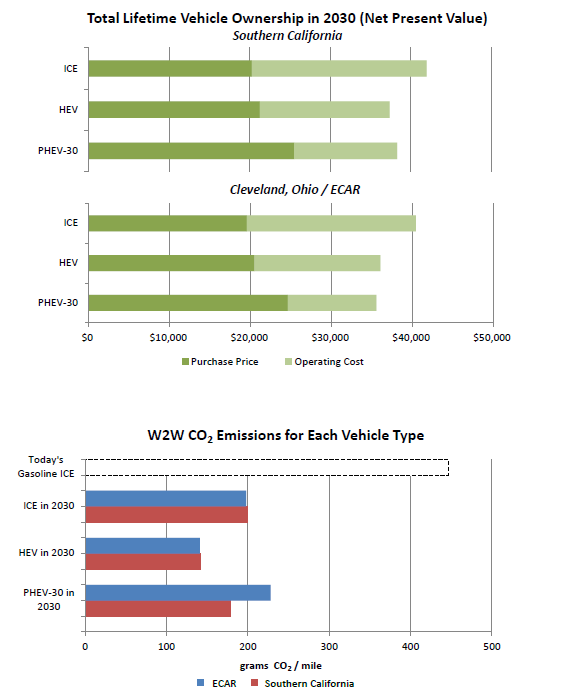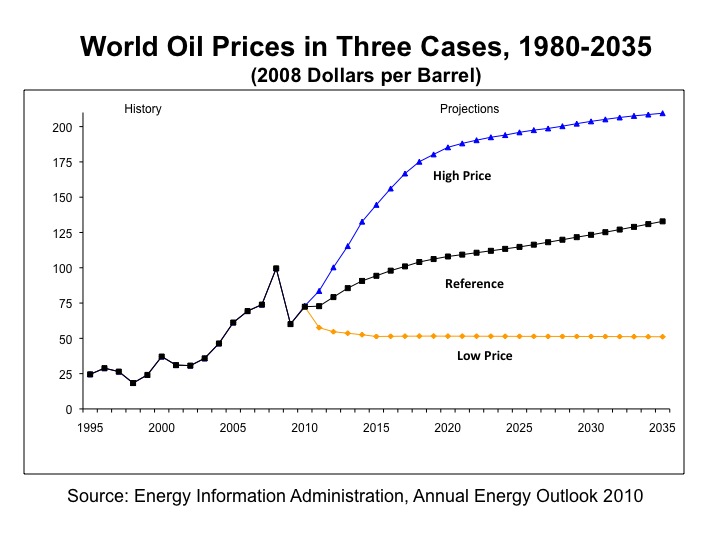(Sources: White House.gov & Freep.com)
Watching GM turn the corner from a disastrous dud and morph into a Detroit’s Stud and a Wall Street darling, no could’ve been happier than President Obama and his team of economic advisors at the White House, who advised him on the bailout that rescued thousands of jobs and the iconic brand from a collapse. The stunning turnaround culminated with a successful IPO debuting in the marketplace today. General Motors stock closed at $34.19 today, just above the $33 price of the initial public offering.
An elated President Obama convened a press conference this afternoon and shared his sentiment and belief in GM’s recovery strategy.
Today, one of the toughest tales of the recession took another big step towards becoming a success story.
General Motors relaunched itself as a public company, cutting the government’s stake in the company by nearly half. What’s more, American taxpayers are now positioned to recover more than my administration invested in GM.
And that’s a very good thing. Last year, we told GM’s management and workers that if they made the tough decisions necessary to make themselves more competitive in the 21st century — decisions requiring real leadership, fresh thinking and also some shared sacrifice –- then we would stand by them. And because they did, the American auto industry -– an industry that’s been the proud symbol of America’s manufacturing might for a century; an industry that helped to build our middle class -– is once again on the rise.
Our automakers are in the midst of their strongest period of job growth in more than a decade. Since GM and Chrysler emerged from bankruptcy, the industry has created more than 75,000 new jobs. For the first time in six years, Ford, GM and Chrysler are all operating at a profit. In fact, last week, GM announced its best quarter in over 11 years. And most importantly, American workers are back at the assembly line manufacturing the high-quality, fuel-efficient, American-made cars of tomorrow, capable of going toe to toe with any other manufacturer in the world. Click here to read the president’s entire speech.
Freep’s awesome cartoonist Mike Thompson charts this wonderful recovery from a dud to a darling with a series of cartoons on his blog. He also adds the following to go with his nice drawings:
As if this weren’t bad enough for auto bailout critics, the Ann Arbor-based Center for Automotive Research has released a report that validates the logic behind the bailout. As Free Press business writer Greg Gardner reported, “The CAR study says the federal government would have spent $28.6 billion more than it did on unemployment benefits, Medicare, Social Security and other programs had the automakers liquidated. So the entire rescue will pay for itself if the government can generate $38 billion from selling its shares.” But perhaps the most chilling details in the story were the report’s conclusions that liquidation of the two auto companies would have meant the loss of 1.4 million jobs and $121 billion in personal income.
Whew! This above facts-full paragraph must be making many of the naysayers, like the conservative columnist Mr. George Will feel like throwing up. A couple of days ago, he wrote an op-ed titled , Toxic Volt, on Washington Post saying a whole lot of negative things about the President’s Bailout for GM. The President and Steven Rattner, the brains behind the execution of the bailout plan, should be chuckling over the phone talking about how bad they feel for George Will. Sadly enough, the doubters still continue to find a way to question the legitimacy of success. Fox Business News in an article on its website says massive dilution from existing shares, warrants and grants, as well as unfunded pension costs. And GM’s cash flow is still heavily reliant on tens of billions of dollars in tax breaks and taxpayer-backed loans from the Dept. of Energy.

Image Courtesy: Freep.com
If this is not victory enough for the President, today GM notched another impressive feat, which is more like a beautiful foil to the wonderful present inside – the IPO. The Detroit Free Press reports that the Chevrolet Volt extended-range electric vehicle has won Green Car of the Year, beating out the pure-electric Nissan Leaf, hours after General Motors returned to the stock market. The award, decided by judges that include environmental enthusiasts and Green Car Journal editors, comes the same week as the Volt won MotorTrend Car of the Year and Automobile Magazine’s Automobile of the Year. How awesome could that for a man who was chided constantly by his opponents for the decisions he made to save the brand and the thousands of jobs associated with the existence of the brand.
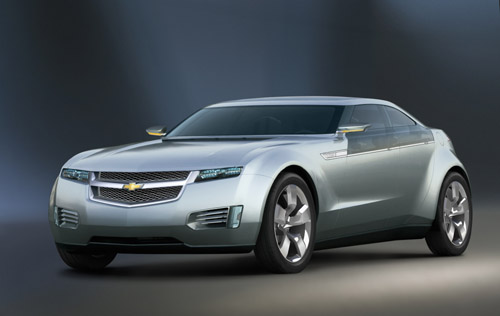
I bet tonight the President of the United States will have a drink to celebrate one of his biggest victories since assuming office. He will probably sleep a little better tonight with one less thing to worry about.


